Weeds might get a bad rap, but what if we told you they’re actually some of your garden’s best messengers? Those pesky plants popping up where you don’t want them aren’t just stubborn invaders—they’re nature’s way of sending signals about your soil and growing conditions. Instead of rushing to yank them out, it pays to learn what they’re trying to tell you.
This list features 17 common weeds that reveal important clues, like soil nutrient levels, pH balance, or moisture problems. Knowing what each weed indicates can help you fix issues before they hurt your favorite plants, saving you time, money, and frustration.
Perfect for beginners who want to understand their garden better and experienced gardeners looking for natural, easy ways to improve soil health without chemicals. These weeds aren’t enemies—they’re secret allies waiting to be understood.
Dandelion

Dandelions are often misunderstood garden guests. Their presence usually indicates compacted soil that struggles to breathe. In fact, dandelions work hard to improve soil conditions by breaking up the earth with their deep taproots. This process aerates the soil, allowing nutrients and water to penetrate better.
Consider them your garden’s natural tillers, striving to create a more hospitable environment for other plants. While they’re often removed, these yellow beauties can be a sign your soil needs some loosening. Allowing dandelions to thrive in moderation can actually benefit your garden’s ecosystem.
Clover
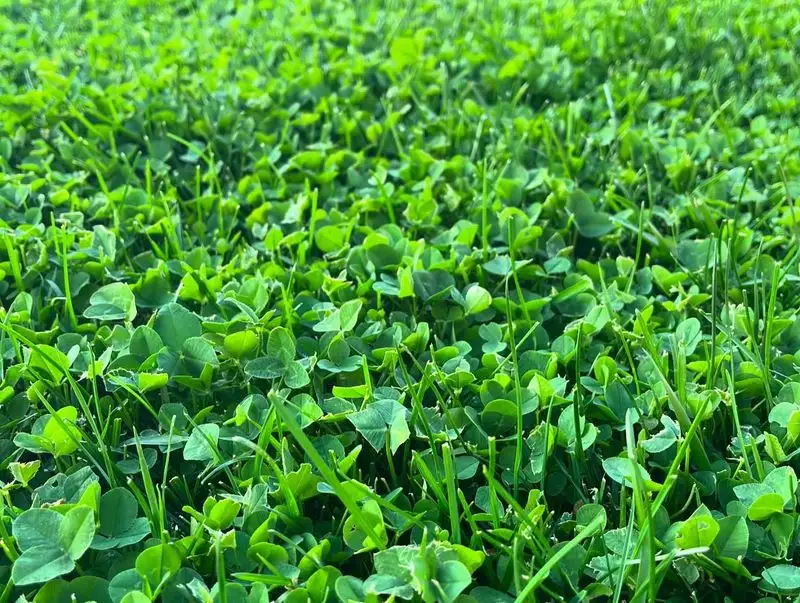
Clover might just be the lucky charm your garden needs. These little green trifles usually signal nitrogen-poor soil. As natural nitrogen fixers, clovers work to restore balance by pulling nitrogen from the air and returning it to the earth.
Their presence can be a boon, indicating areas where soil could use enrichment. Instead of eradicating them, consider their role in enhancing soil fertility. With clover around, your garden could soon be flourishing, with healthier plants and more vibrant growth.
Chickweed
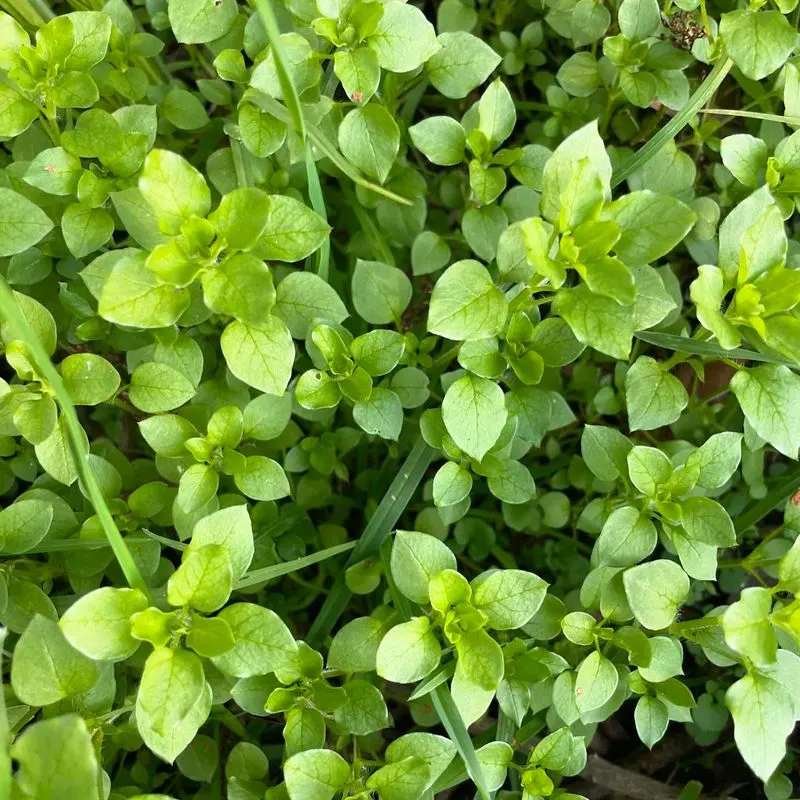
Chickweed, with its delicate appearance, often suggests soil that’s rich and fertile. This plant enjoys nutrient-dense environments, hinting that your garden is teeming with potential for growth.
Their presence could be a sign of healthy soil, ripe for cultivating vegetables or flowers. By observing where chickweed thrives, you can pinpoint areas in your garden that are particularly nutrient-rich. This weed’s gentle sprawl is a subtle nod to fertility beneath the surface.
Nettle

Nettles might not be a gardener’s best friend, but they’re excellent communicators. When they appear, it’s a signal of nutrient-rich soil, particularly high in nitrogen. Their presence can indicate a prime spot for planting crops that thrive on such nutrients.
Though they may sting, nettles offer a glimpse into the health of your garden. Consider these prickly plants as indicators of a prosperous patch, ready to support vigorous growth.
Plantain
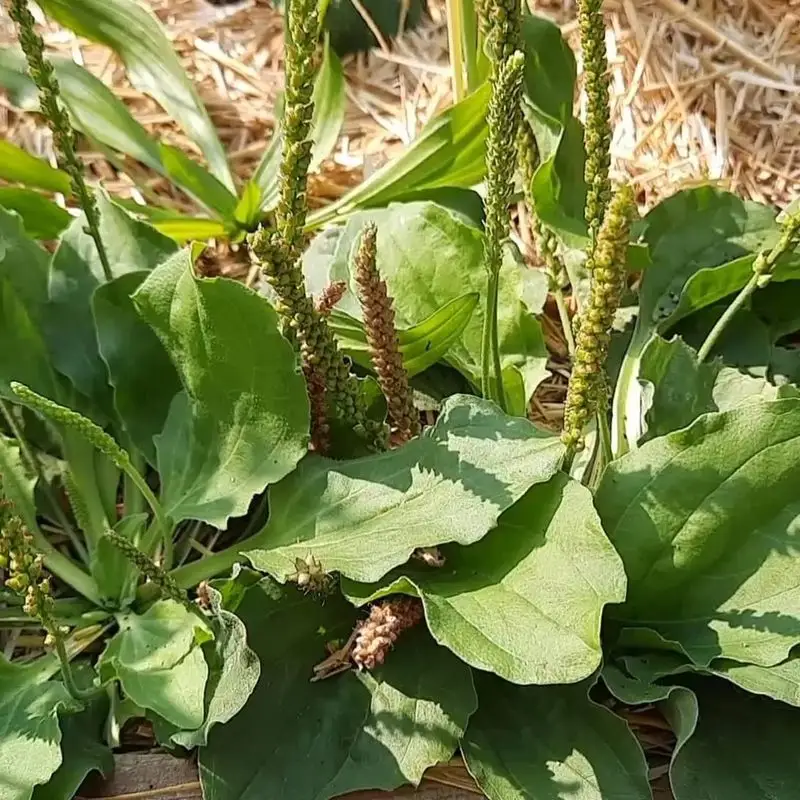
The hardy plantain is a tough survivor, often found in compacted or poor soil. Its presence can suggest that the ground needs loosening or aeration. Plantain works to break up the soil, similar to dandelions, facilitating better water and nutrient flow.
Spotting plantain could be an invitation to improve soil structure, helping your garden breathe. Rather than a nuisance, consider them a cue for cultivation improvement.
Bindweed
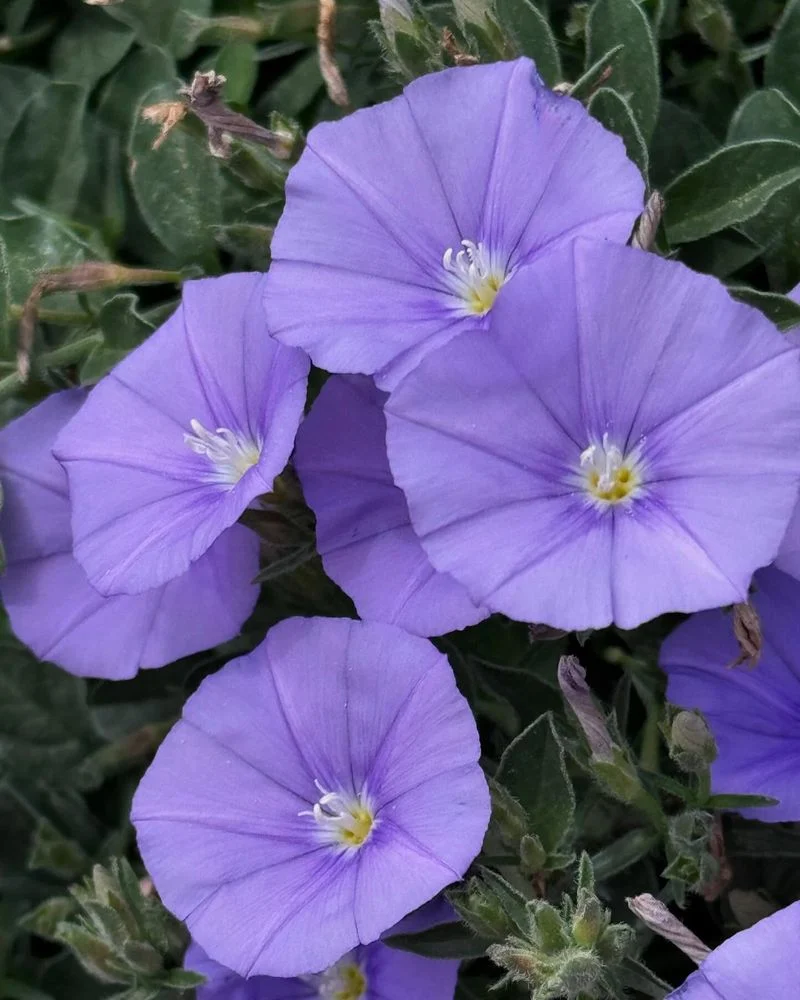
Bindweed is persistent, often indicating soil with fluctuating moisture levels. Its robust root system allows it to thrive where other plants struggle. This can be a sign that your garden needs more consistent watering or improved drainage.
Though it can smother other plants, bindweed’s presence hints at areas requiring attention for moisture management. Recognizing this may lead to better irrigation practices, fostering a more balanced growing environment.
Thistle
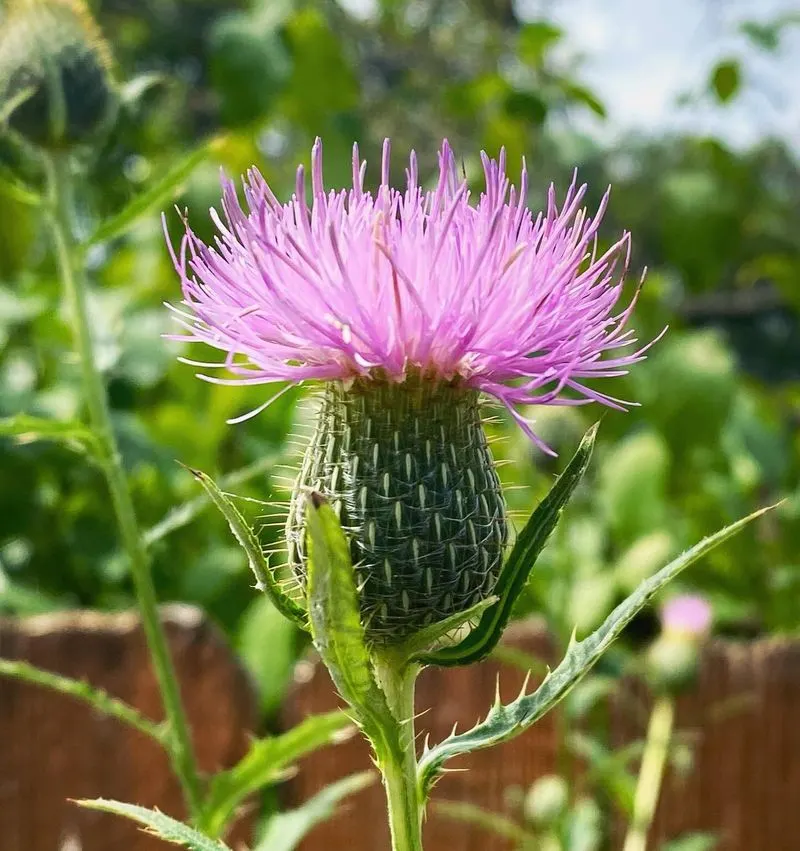
Thistles, with their spiky armor, often thrive in poor, dry soil. Their presence suggests your garden could benefit from organic matter to improve fertility and moisture retention.
These tough plants might seem unwelcome, but they highlight areas needing nourishment. By addressing the conditions thistles reveal, your garden can become more lush and resilient.
Dock
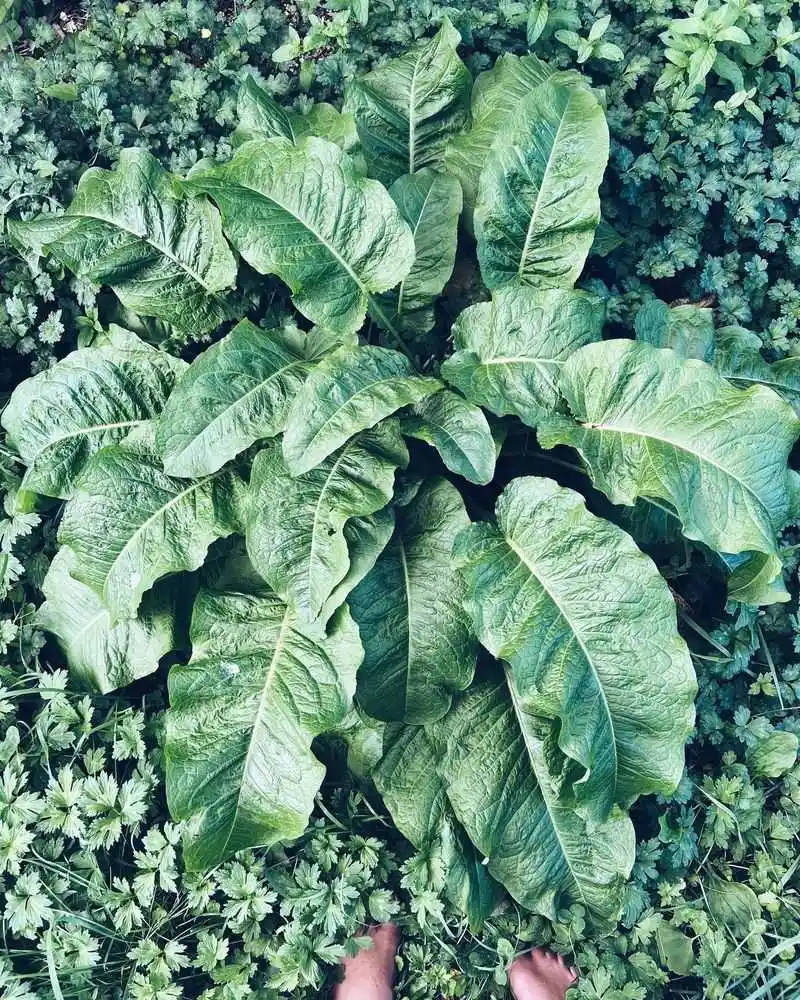
Dock plants often crop up in areas with acidic, compacted soil. Their presence can signal that lime might be beneficial to raise pH levels.
These sturdy plants can help gardeners identify where soil amendments are needed. Addressing dock’s indicators can lead to more balanced soil conditions, supporting diverse plant life.
Quackgrass

Quackgrass is a telltale sign of infertile, poorly-drained soil. Its invasive nature can highlight areas that need better drainage or soil fertility improvements.
While it’s often considered a pest, quackgrass points to underlying issues that, once addressed, can enhance your garden’s productivity and health.
Shepherd’s Purse
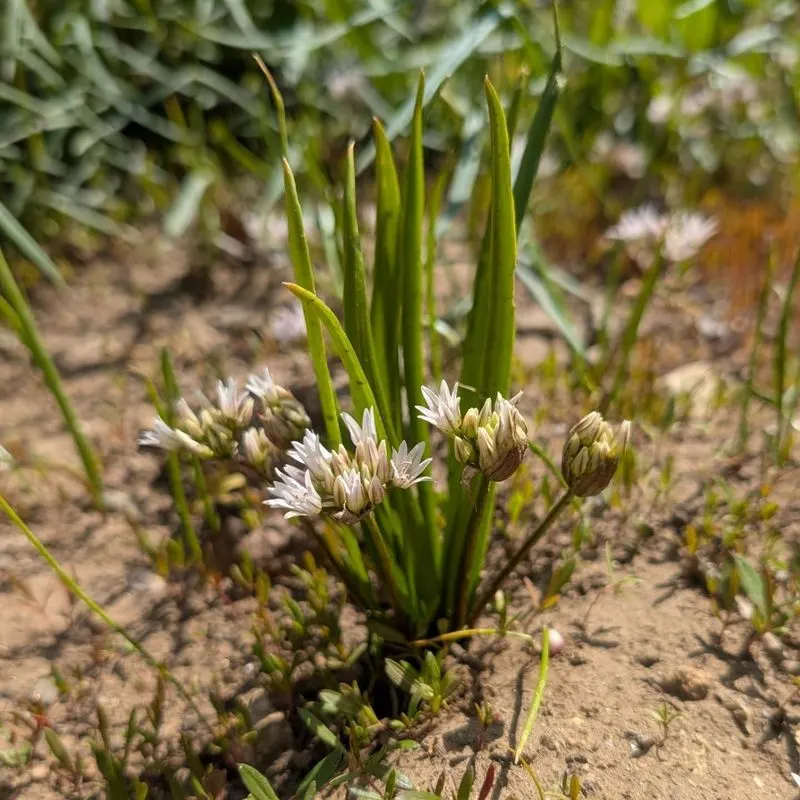
Shepherd’s Purse often finds its home in disturbed soil. Its presence might indicate that your garden has recently undergone changes or disturbances, such as construction or heavy foot traffic.
This plant can act as a signal for gardeners to stabilize and enrich their soil, ensuring a robust growing environment for future planting.
Lamb’s Quarters

Lamb’s Quarters is a sign of fertile, nitrogen-rich soil. This plant thrives where other crops would flourish, indicating promising conditions for growth.
Its presence suggests your garden is primed for planting, ready to support a variety of fruits and vegetables.
Purslane

Purslane, with its succulent leaves, often grows in nutrient-rich, well-drained soil. Its appearance can be a nod to fertile conditions, ideal for plant health.
Recognizing purslane as a marker of good soil can encourage gardeners to capitalize on these areas for planting.
Wild Violet
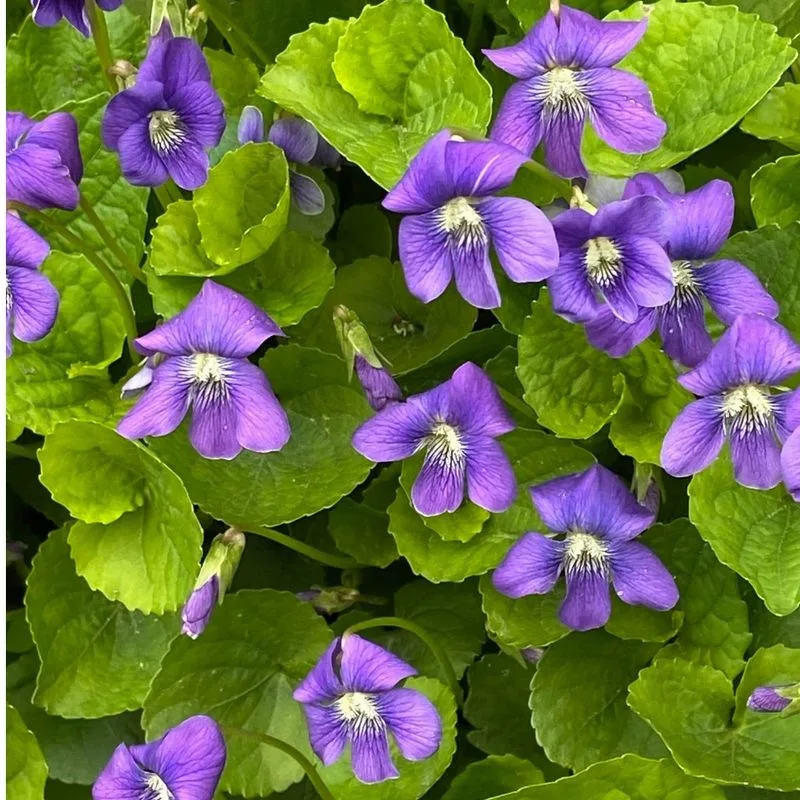
Wild violets prefer the shade, indicating moist, rich soil. Their presence can be a cue that your garden bed has the right conditions for shade-loving plants.
These violets suggest a lush, fertile environment, fostering growth in less sunny spots.
Mullein

Mullein’s tall, fuzzy appearance often means dry soil. This plant thrives in well-drained, sunny areas, highlighting spots that might benefit from irrigation.
Seeing mullein can prompt adjustments to watering practices, ensuring moisture levels that support diverse plant growth.
Sow Thistle
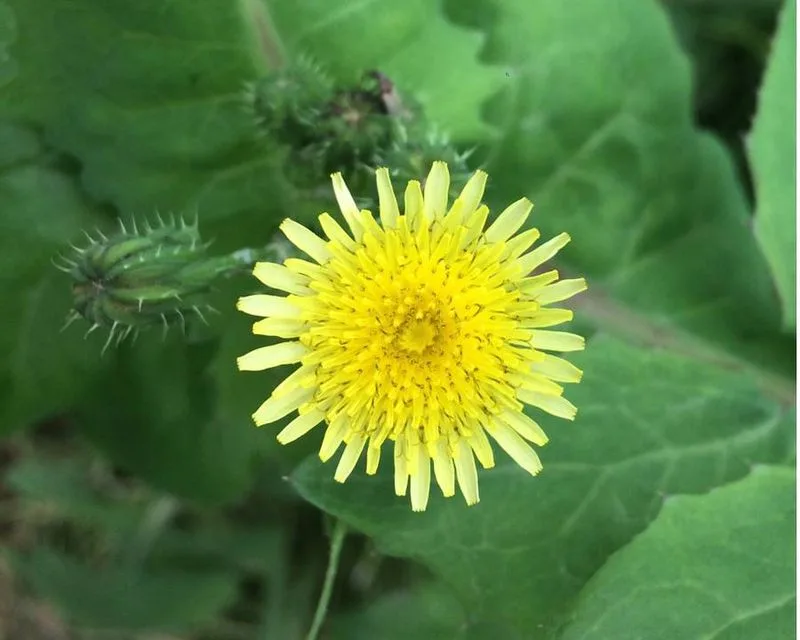
Sow thistle often points to fertile soil. This robust plant thrives in nutrient-rich areas, indicating places where your garden has potential for abundance.
By recognizing sow thistle’s growth, gardeners can identify zones ready for cultivation.
Ground Ivy
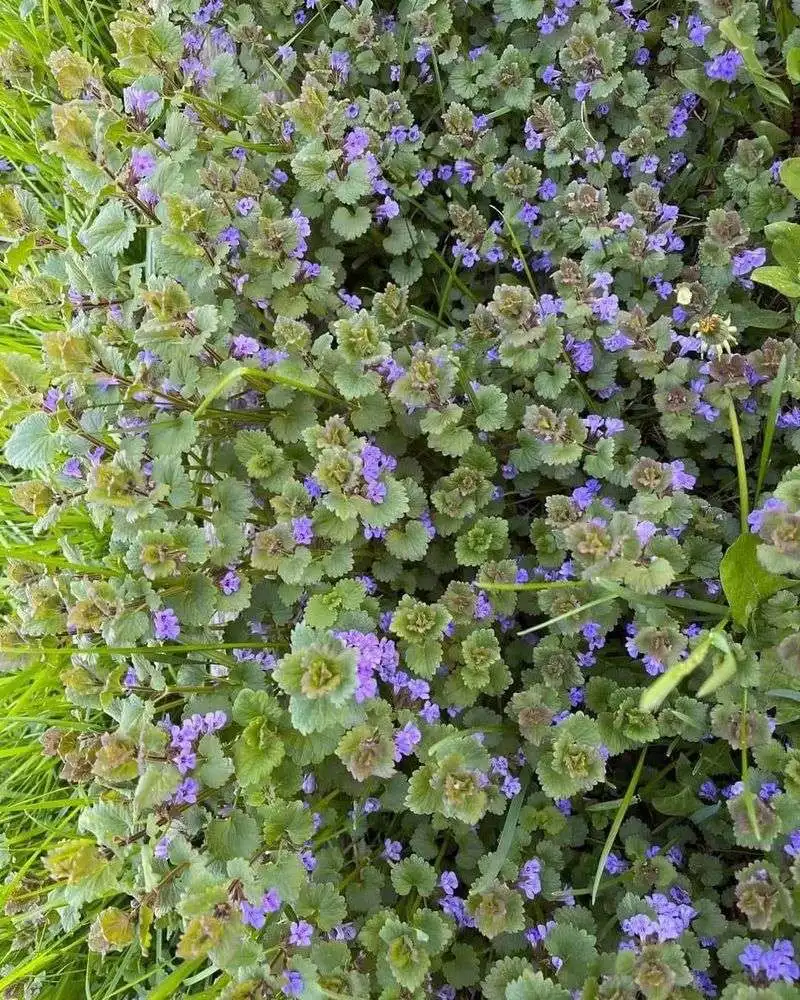
Ground ivy’s creeping nature often signals moist, shady conditions. Its presence hints at areas of the garden that might benefit from improved drainage or sunlight.
Identifying ground ivy can aid in adjusting garden conditions for optimal plant health.
Yarrow

Yarrow’s appearance often indicates dry, well-drained soil. This plant can reflect areas needing organic matter to retain moisture.
Its presence encourages gardeners to enrich soil, promoting a thriving, diverse garden environment.

